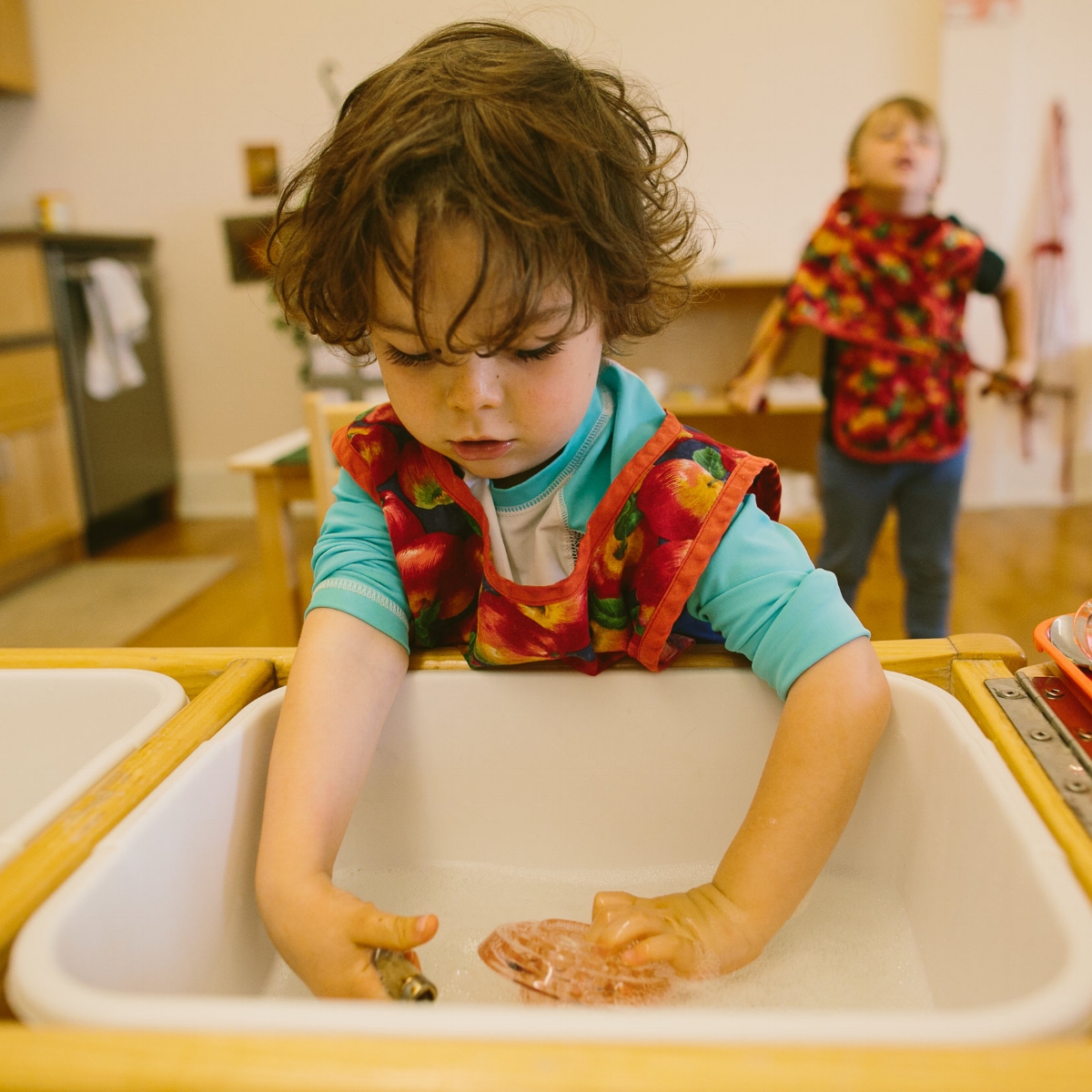This month we bring you a book list that will help families celebrate women’s history. These are powerful times for women, and many people are turning to literature to celebrate their strength and accomplishments. Children’s literature has played a large role in this movement as well.
Did you enjoy last month’s book about Wangari Maathai and want to learn more about the Nobel Peace Prize winner? Do you love the lyrical writing and unique illustrations the Pinkneys bring to their books? Just looking for a diverse collection of biographies to educate our littlest feminists? We’ve got you covered...
(Click on the book image to go to the book's page on Amazon)
Amelia and Eleanor Go For a Ride by Pam Munoz Ryan, illustrated by Brian Selznick
Amelia Earhart and Eleanor Roosevelt were good friends. They shared common traits of independence and fearlessness. This story takes readers through an evening in which they snuck out of a fancy dinner and into a plane. They flew off on a spontaneous adventure together, unaffected by what people thought they should be doing.
Seeds of Change: Wangari’s Gift to the World by Jen Cullerton Johnson, illustrated by Sonia Lynn Sadler
Not only was Wangari a powerful woman herself, but she was a champion for women’s rights. Upon returning to her native Kenya and seeing the land destroyed by deforestation (ultimately negatively impacting the lives of many women and families), she worked hard to make change. She taught the women to plant new trees, how to repair their land, and how to rebuild their lives.
Two Friends: Susan B. Anthony and Frederick Douglass by Dean Robbins, illustrated by Selina Alko
This book is a wonderful introduction to civil rights for younger children. Based on the real, supportive friendship between Anthony and Douglass, readers will explore the history of the fight for equality in our nation. At the time, women and African Americans found themselves fighting for many of the same rights, and this book explores the quiet, peaceful moments in between the hard work.
I Am Jane Goodall by Brad Meltzer illustrated by Christopher Eliopoulos
Meltzer’s series of biographies are written and illustrated in the style of a graphic novel. Readers will learn about Goodall’s fascination with animals as a child, following her on her journey toward her famed work with chimpanzees. This book is perfect for children who love animals, adventure, and following their heart!
Georgia’s Bones by Jen Bryant
Even as a child, Georgia noticed things about her world that others didn’t. She looked not only at the shapes of things, but the spaces between them. She was always picturing what might lie beneath the obvious, and honed in on details that others missed. It was this unique perspective of the world that led her to be one of the most celebrated artists in history.
Ella Fitzgerald: The Tale of a Vocal Virtuosa by Andrea Davis Pinkney, illustrated by Brian Pinkney
This story is narrated by fictional “Scat Cat Monroe”, a music appreciating feline that takes readers through the story of Ella Fitzgerald’s rise to jazz stardom. The writing itself is organized into tracks on an album, rather than into chapters, and the illustrations are gorgeous.
Sonia Sotomayor: A Judge Grows in the Bronx/La juez que creció en el Bronx by Jonah Winter, illustrated by Edel Rodriguez
This book narrates Sotomayor’s childhood in the Bronx and her path toward becoming the first Latin American Supreme Court justice. Readers learn how hard work and dedication can ultimately lead us to great things. As a bonus, each page is written in both english and spanish.
The Librarian of Basra: A True Story From Iraq by Jeanette Winter
Alia Muhammad Baker was a librarian in Iraq. The onset of war led her to seek any means possible to protect the valuable resource that was her community’s collection of library books. With Baker’s determination, courage, and the support of some friends and neighbors, she was able to do just that.
Celia Cruz, Queen of Salsa by Veronica Chambers illustrated by Julie Maren
“She looked like a girl and talked like a girl, but everyone who met her agreed, she sang like a bird.” This lovely book tells the story of Cruz’s childhood in Havana, and how she became one of the most recognized salsa singers of all time.
The Girl Who Ran: Bobbi Gibb, The First Woman to Run the Boston Marathon by Kristina Yee and Frances Poletti, illustrated by Susanna Chapman
Sometimes, for the sake of progress, rules must be broken. Sometimes listening to our hearts is more valuable than listening to the expectations of others. This tale reminds readers to question why we have rules that hold back some people, and how the bravery of one can change the rules for all.
May this month’s reading be filled with bravery, adventure, and a healthy dose of reverence for women who have paved the way!
























